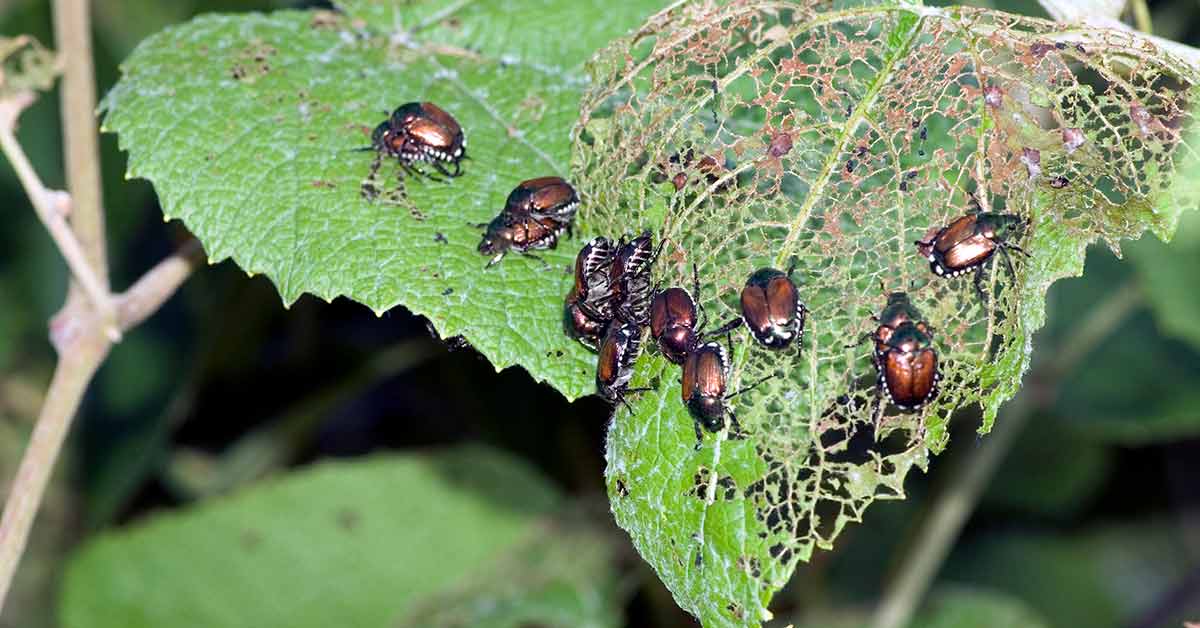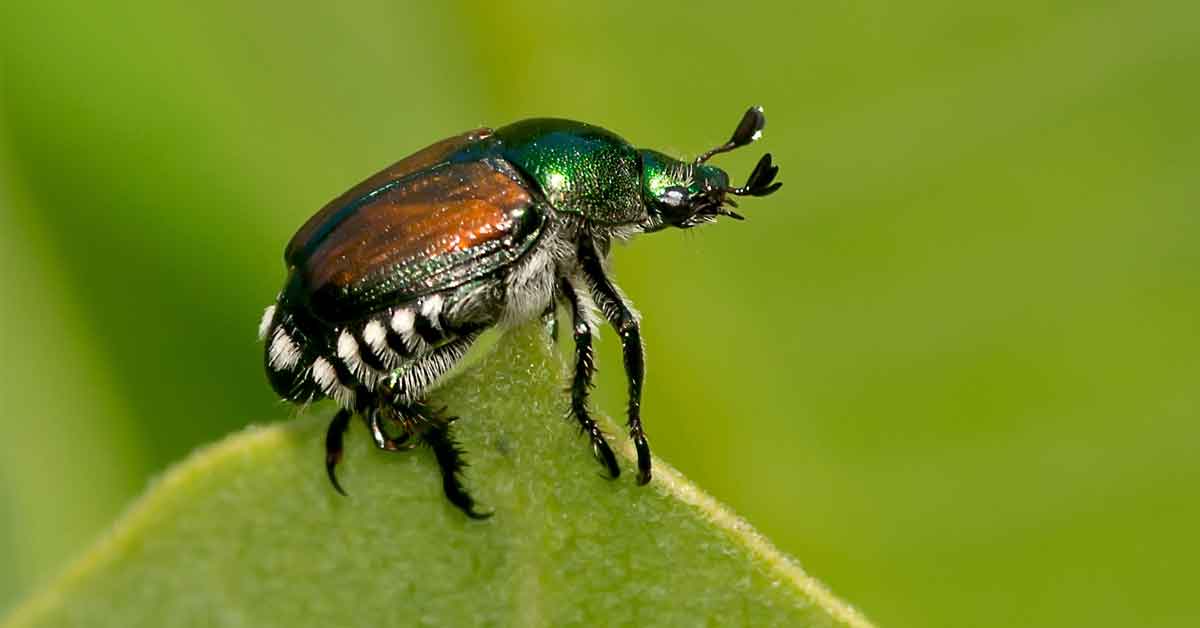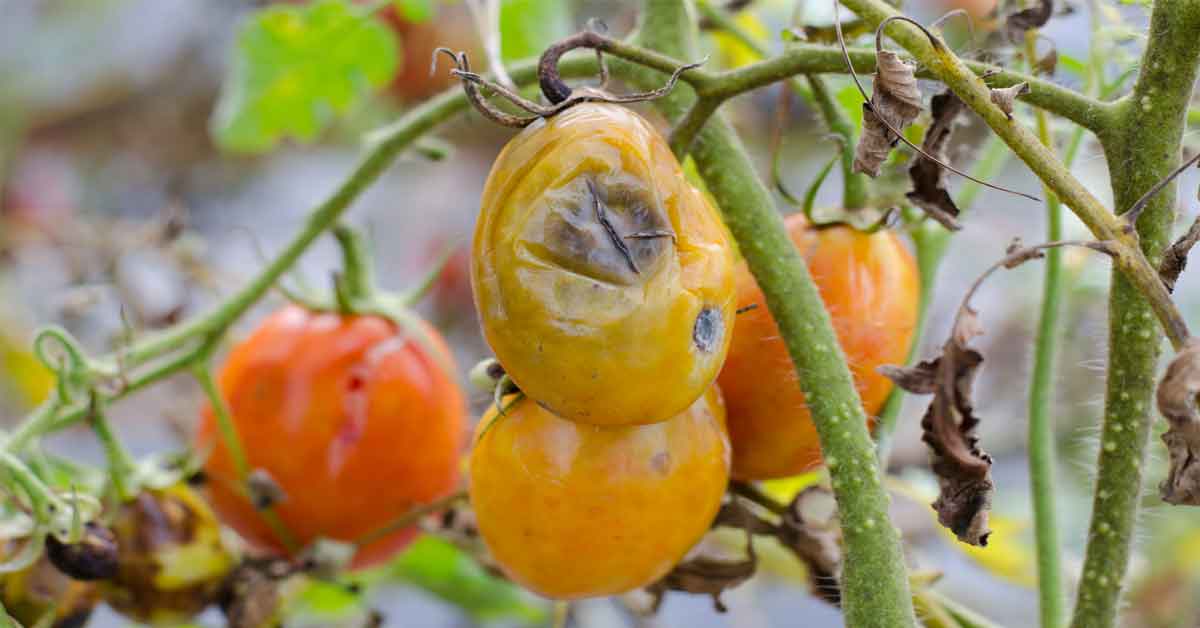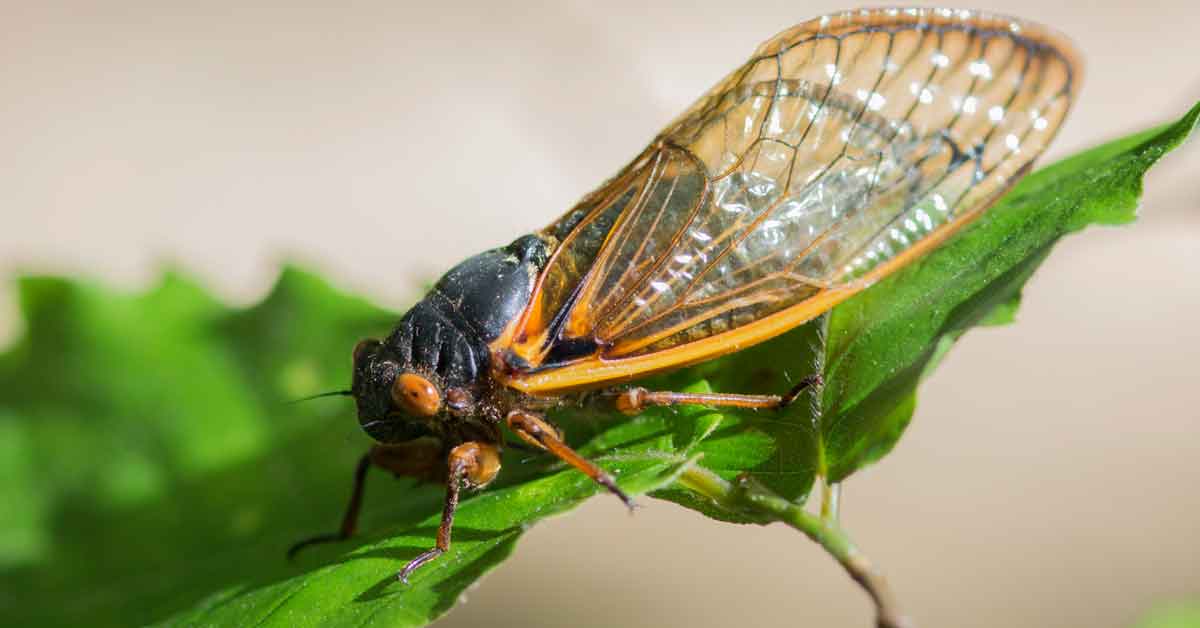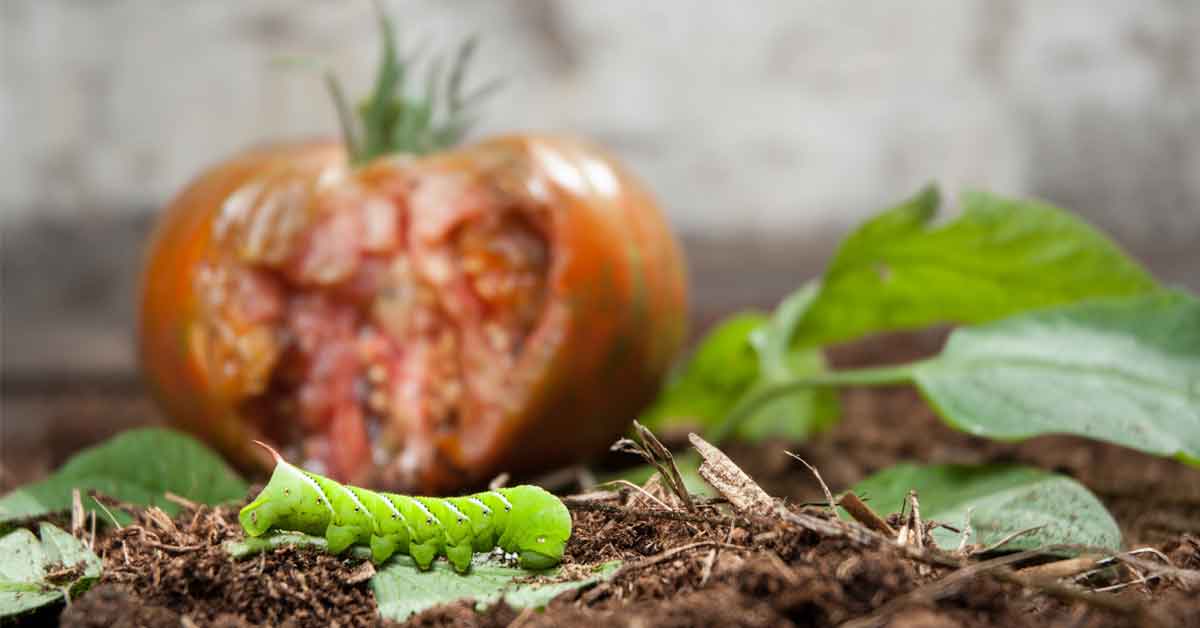What is Integrated Pest Management (IPM)?
Even if you do everything right when you start a new garden, sooner or later pests inevitably show up. But managing your garden with a thoughtful, proactive approach helps prevent pests from doing serious damage.
Integrated Pest Management (IPM) combines different types of controls — from hands-on pest removal to traditional synthetic pesticides — in a sensible, long-term plan. Designing your own program around proven IPM principles can help protect your garden and keep it healthy.
- Managing Garden Pests Through IPM
- Balancing Pest Controls in Your Garden
- Cultural Pest Controls
- Biological Pest Controls
- Mechanical and Physical Pest Controls
- Pesticide Controls
Managing Garden Pests Through IPM
IPM sees your garden and its pests as part of a larger ecosystem and manages both with the big picture in mind. By creating an environment that's unfriendly to pests, you can take away their advantage and give it to your plants.
Under IPM, a pest is any organism you don't want around. This includes not just harmful bugs, but also weeds, disease-causing pathogens and uninvited critters. An effective IPM plan includes the following tasks:
- Identify good and bad bugs.
- Monitor pest activity regularly.
- Set thresholds for tolerable pest damage — with limits!
- Establish a plan before pests cause concern.
- Take prompt, effective action when needed.
A solid IPM program wards off pests, but it has minimal impact on the environment and beneficial garden creatures such as birds, bees and butterflies you want to stick around.
Balancing Pest Controls in Your Garden
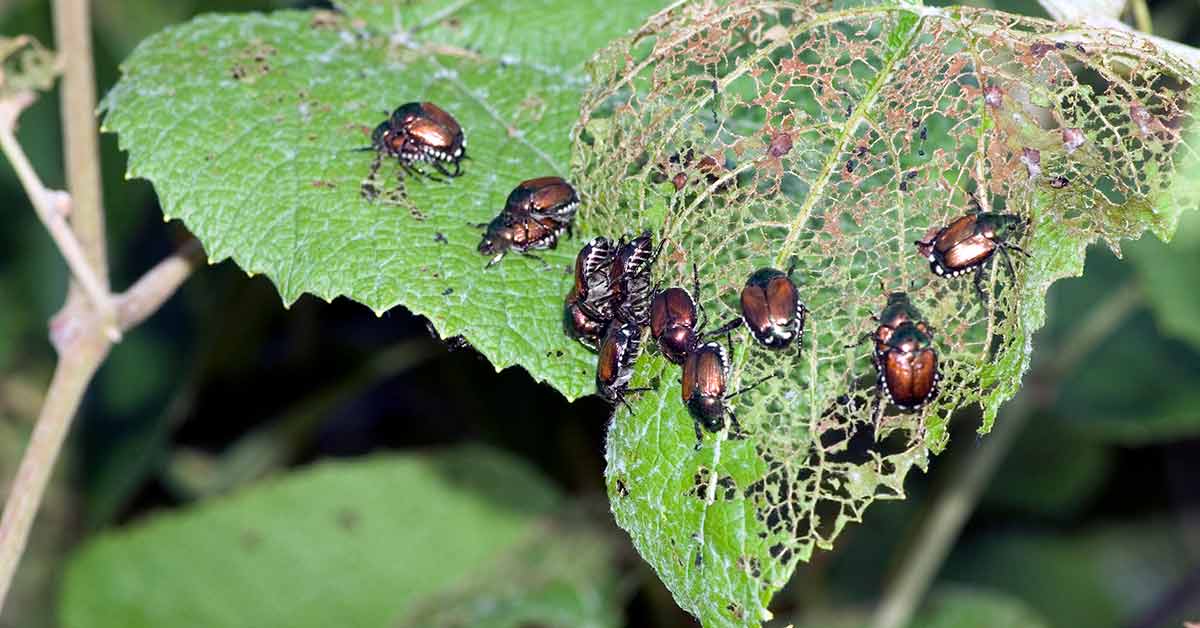
Four main categories of pest controls form IPM's foundation: cultural, biological, mechanical/physical and pesticide controls. These four work hand in hand to provide targeted, effective, long-term pest management, and each category plays a special role:
Cultural Pest Controls
Cultural pest controls start with the decisions you make when choosing and caring for plants. Prevention is your first line of defense; healthy, nurtured plants resist pests and diseases better than weak, unhealthy plants. Cultural controls in good IPM programs include these simple recommendations:
- Choose plants suited to your area and its challenges. Arid, drought-prone regions, for example, call for water-wise plants with low moisture needs.
- Select disease- and pest-resistant plant varieties. Plants proven to withstand your region's most common pests hold up better under attack.
- Plant at appropriate times. In many regions, fall is prime planting time. Fall and winter planting allow roots to establish before summer heat arrives. This is especially important in southern or western regions. In far northern climates, spring planting is often best for plants with less cold hardiness.
- Choose proper sites. Plants have more problems and fail to thrive in inappropriate conditions. For example, sun-loving plants are more vulnerable to pests and other problems when planted in shady areas, and vice versa.
- Maintain lawn and garden tools. Sharp mower blades and proper mowing heights lead to healthier lawns. Sharp, sterile pruners help prevent the spread of disease.
- Avoid overhead watering. Some leaf diseases, such as common garden fungal diseases or black spot on roses, spread with the help of water. Water the soil at the base of plants, instead of watering leaves.
- Water in early morning. If leaves do get wet, they'll dry thoroughly before evening.
- Test your soil pH. A simple soil test reveals adjustments that can help your soil's structure and nutrients, so you can feed plants right.
Knowing what your plants need — and providing all they require — gives you the upper hand over pests. Simple, common-sense cultural controls are integral to good IPM.
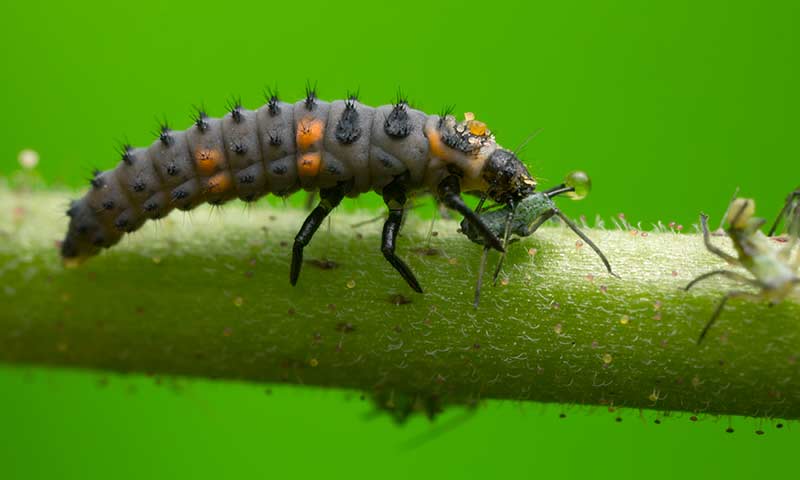
Biological Pest Controls
All pests, from weeds and insects to diseases, have natural enemies. A balanced pest management program conserves, supports and encourages those foes. Biological IPM controls include:
- Predator insects: Adult ladybug beetles and their larvae are voracious aphid-eaters. Green lacewing larvae feed on all kinds of pests, including mealybugs, whiteflies, mites and thrips. These and other beneficial bugs are probably already in your garden.
- Parasitic insects: Parasitic wasps lay their eggs on and in their living targets. Eggs hatch and then feed inside the pest. A mummified aphid with a round hole in its back is evidence that parasitic wasps have been at work.
- Biological pathogens: Bacillus thuringiensis, also known as Bt, is a soil-borne bacterium that fights mosquitoes and insects in the larval, caterpillar stage. This and other pathogens are effective biological pesticides for very specific pests.
Knowing the difference between good and bad bugs is essential for IPM. You can buy beneficial predators and parasites, but self-managing your garden's free, natural populations works, too. Keep the good guys plentiful and they'll help keep bad bugs at bay, reducing the need for other measures.
Mechanical and Physical Pest Controls
Mechanical and physical IPM controls go directly after pests to capture or kill them and prevent them from reaching their destinations. IPM recommends proactive lawn and garden controls and actions, including:
- Use mulch in garden areas. Mulch prevents weeds and weed seeds from getting light and sprouting.
- Hoe or pull weeds before they establish roots. If weeds escape the hoe, mow or cut them before they set and drop their seeds.
- Place collars in the soil around susceptible vegetable stems. Simple barriers prevent hungry cutworms and other crawling pests from reaching their goal.
- Stretch netting over your favorite berry bushes. This stops marauding birds from settling in and helping themselves to your raspberry and blackberry harvest.
- Stop destructive rodents with mechanical traps. Easy-to-use products such as Amdro Gopher Traps provide control for troublesome pocket gophers.
- Hand-pick pests off plants. Physically removing and destroying offenders puts an immediate end to pests' plant-damaging days.
Using mechanical and physical controls in concert with other IPM methods keeps many types of pest damage low.
Pesticide Controls
An effective IPM program includes pesticides for prevention and active treatment. Pesticides pack necessary and powerful punches, especially when other IPM controls fall short. Invasive Japanese beetles, for example, devastate gardens and skeletonize leaves and blossoms. In Japan, the beetle's natural enemies control it, but its native predators don't exist in the United States. Pesticides help fill that gap.
IPM-appropriate pesticides include the following types:
- Traditional or synthetic pesticides: IPM programs include pesticides manufactured from synthetic ingredients, such as Sevin brand insecticides — trusted by generations of gardeners. Available in various liquid formulas, including ready-to-use, concentrate and ready-to-spray as well as granular and dust options, these pesticides control a broad spectrum of listed insect pests as part of a successful IPM program for lawns, ornamental and edible gardens, and home perimeters.
- Natural or non-synthetic pesticides: Botanical-based pesticides fall into this IPM group. Derived from different types of plant extracts, these pesticides include products such as neem oil, which is based on neem tree extracts, and pyrethrins extracted from special chrysanthemum blossoms. Pesticides in this category may or may not be organic. Either way, they require the same types of safety precautions as synthetic pesticides.
- Preventative pesticides: IPM incorporates traditional fungicides to help prevent and treat fungal disease and control its spread. This group includes products such Daconil Fungicide to protect healthy plants and prevent botrytis blight and black spot in roses.1 Bait pellets such as Corry's Slug & Snail Killer can also be used to prevent plant damage caused by slugs and snails.
By establishing a personalized IPM program for your garden, you can take action when pests show up and rest easy knowing you've made the right choice. With IPM principles in mind and GardenTech brands as your partners, you can enjoy a healthy, harmonious garden.
Always read product labels thoroughly and follow instructions carefully, including guidelines for pre-harvest intervals (PHI) on edible crops and frequency of applications.
GardenTech is a registered trademark of Gulfstream Home & Garden, Inc.
Sevin is a registered trademark of Tessenderlo Kerley, Inc.
Pennington is a registered trademark of Pennington Seed, Inc.
UltraGreen is a registered trademark of Central Garden & Pet Company.
Sources:
1. S. T. Koike et al., “UC Pest Management Guidelines – Rose (Rosa spp.)," University of California Agriculture & Natural Resources Statewide Integrated Pest Management Program, March 2009.
Get Monthly Gardening Advice!

